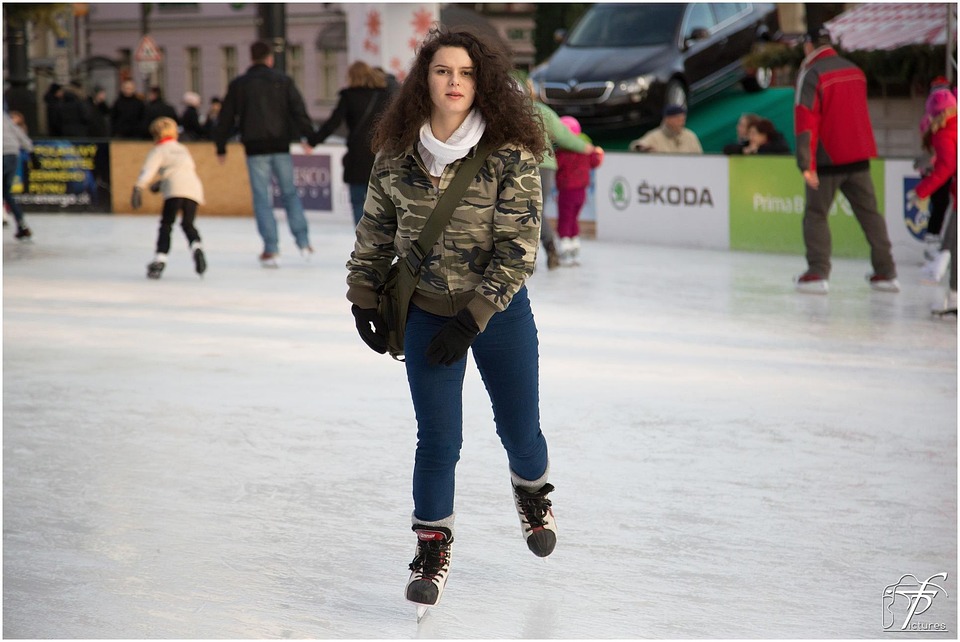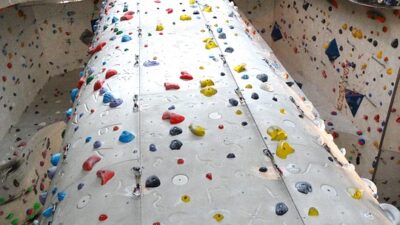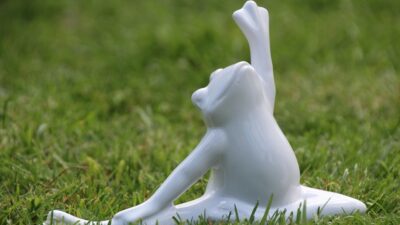Skating is a thrilling and dynamic activity that attracts millions of enthusiasts, from beginners to seasoned pros. Whether you’re gliding on a skateboard, roller skates, or inline skates, one fundamental aspect remains constant: safety. Proper protective gear is crucial for reducing the risk of injury and allowing skaters to enjoy their activity to the fullest. In this article, we will explore essential gear that every skater, regardless of skill level, should consider.
1. Helmets: Your First Line of Defense
A helmet is paramount when it comes to protecting your head from potential injuries. Falls are inevitable in skating, especially for beginners who are still mastering balance. Look for a certified helmet that meets safety standards, ideally one designed specifically for skating. It should fit snugly without being uncomfortable, and it’s essential to replace it every few years or after a significant impact.
2. Wrist Guards: Protecting Your Wrists
Wrist injuries are common among skaters, often occurring during falls when riders instinctively extend their arms to break their fall. Wrist guards can help absorb impact and stabilize the wrist, reducing the likelihood of fractures or sprains. Opt for guards with padded support and a secure fit to provide maximum protection.
3. Knee Pads: Keeping Your Knees Safe
Knee pads are crucial for protecting the knees during falls or collisions. They come in various sizes and styles, so it’s important to choose a pair that fits correctly without restricting movement. Look for knee pads with hard plastic caps and cushioning to help absorb shocks during impact.
4. Elbow Pads: Shielding Your Elbows
Just as your knees need protection, so do your elbows. Elbow pads help prevent contusions and abrasions, especially when skating on rough surfaces. Like knee pads, they should fit snugly and provide adequate cushioning to ensure comfort and protection.
5. Appropriate Footwear: Function Meets Style
While skaters often focus on boards or skates, the right footwear is vital. Proper shoes should provide adequate support and grip. For skateboarders, shoes with a flat sole are ideal for better board control. Inline and roller skaters may prefer shoes with reinforced sides to accommodate their skates while ensuring proper cushioning.
6. High Visibility Gear: Staying Seen
Safety isn’t just about the gear you wear; it’s also about being visible, especially when skating in low-light conditions. Consider wearing bright colors or reflective materials to ensure you’re seen by vehicles and other skaters. This is particularly important for urban skaters who share the road.
7. Choosing Quality Over Cost
While it might be tempting to opt for cheaper equipment, investing in high-quality protective gear is crucial. Quality gear is more likely to provide adequate protection and durability. Look for brands with good reviews and warranties, and don’t hesitate to invest in something that will last.
8. Personalized Fit and Comfort
Every skater is different, and so is their comfort level with various gear. Make sure to try on equipment before purchasing, and consider how it feels when you move. A comfortable fit will encourage you to wear your protective gear consistently, which is key to preventing injuries.
9. Education and Awareness
Finally, knowledge is your best ally in skating safety. Understand the risks associated with skating, learn how to fall properly, and practice safe techniques. Joining a local skating community or taking lessons can provide valuable insights into maintaining safety while enjoying the sport.
Conclusion
Safety should always come first for skaters of all levels. By equipping yourself with the essential gear—helmets, wrist guards, knee and elbow pads, the right footwear, and high visibility clothing—you’re setting yourself up for a safer and more enjoyable skating experience. Remember, it’s not just about having fun; it’s about being smart and prepared while you fly down the pavement or navigate through the park. So gear up, stay aware, and skate safely!



